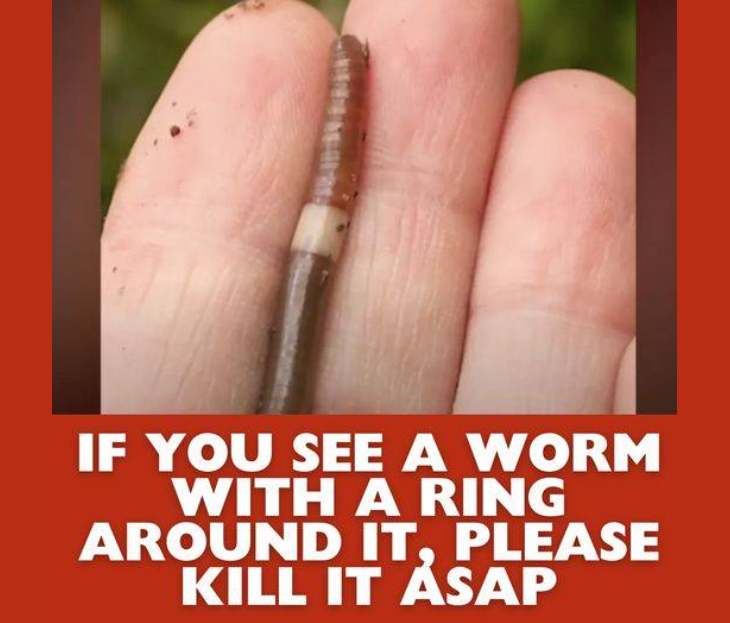Gardening enthusiasts often pride themselves on maintaining lush, thriving gardens. However, a new threat has emerged, jeopardizing the health and beauty of these green spaces: the invasive jumping worm. Known for their aggressive behavior and destructive impact on soil health, jumping worms (Amynthas spp.) pose a significant challenge for gardeners. Understanding how to identify, manage, and eliminate these pests is crucial to protecting your garden.

Understanding the Jumping Worm Threat
Jumping worms, also referred to as «crazy worms» or «snake worms,» are invasive earthworms native to Asia. They have earned their nickname due to their vigorous thrashing and jumping behavior when disturbed. Unlike other earthworms that benefit soil health by aerating and enriching it, jumping worms can devastate garden ecosystems.
These worms consume organic matter at an accelerated rate, depleting the soil of essential nutrients and leaving behind loose, granular soil that resembles coffee grounds. This altered soil structure is less able to retain moisture and nutrients, making it difficult for plants to thrive.
Identifying Jumping Worms
To effectively combat jumping worms, it is crucial to recognize their presence in your garden. Here are some key identifying features:
- Behavior: When disturbed, jumping worms exhibit intense thrashing and can jump several inches off the ground.
- Appearance: They are typically smooth, glossy, and grayish-brown in color. They can grow up to 8 inches long.
- Clitellum: The band near the worm’s head (clitellum) is smooth, white to gray, and encircles the entire body, unlike other earthworms where the clitellum is raised and does not go all the way around.
Preventing the Spread of Jumping Worms
Preventing the introduction and spread of jumping worms is the first line of defense. Here are some preventive measures:
- Inspect Plant Materials: Carefully inspect any new plants, soil, or mulch before introducing them to your garden. Look for signs of jumping worms or their characteristic coffee ground-like castings.
- Clean Garden Tools: Thoroughly clean garden tools and equipment before moving them from one area of your garden to another. This practice helps prevent the accidental spread of jumping worms.
- Avoid Sharing Soil and Compost: Do not share soil, compost, or mulch with other gardeners unless you are certain it is free of jumping worms.
Managing and Eliminating Jumping Worms
If you suspect or confirm the presence of jumping worms in your garden, prompt action is essential to mitigate their impact. Here are some management and elimination strategies:
- Hand Removal: Manually remove any jumping worms you encounter. Place them in a sealed plastic bag and dispose of them in the trash. Avoid leaving them on the ground as they can easily wriggle away.
- Solarization: Use solarization to kill jumping worms and their cocoons. Cover the infested soil with clear plastic sheeting during the hottest months for 4-6 weeks. The heat generated will kill the worms and their eggs.
- Reduce Organic Material: Jumping worms thrive on organic material. Minimize the use of mulch, compost, and other organic matter, particularly if you suspect it might be contaminated.
- Apply Diatomaceous Earth: Sprinkle diatomaceous earth around infested areas. This natural substance can help reduce worm populations by dehydrating them.
Raising Awareness and Seeking Professional Help
Educating fellow gardeners about the dangers of jumping worms and how to identify them is crucial. Share your knowledge and encourage others to adopt preventive measures. Additionally, if the infestation is severe, consider seeking professional help. Local agricultural extension services or pest management professionals can provide guidance and assistance tailored to your specific situation.
Conclusion
The invasive jumping worm poses a serious threat to gardens by disrupting soil health and depleting essential nutrients. By understanding how to identify, prevent, and manage these pests, gardeners can protect their beloved green spaces. Vigilance, education, and proactive measures are key to ensuring that your garden remains a thriving and beautiful sanctuary.